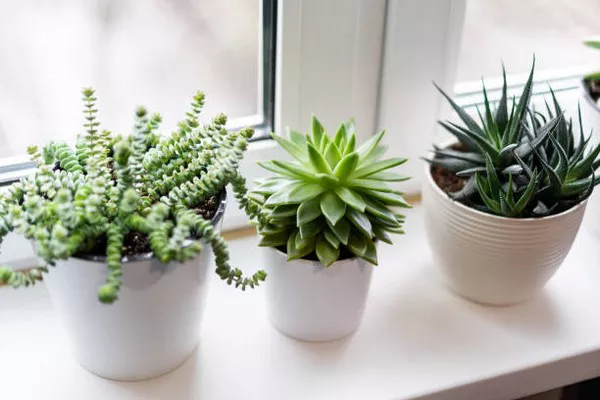Succulents, with their charming appearance and low-maintenance requirements, have become increasingly popular among plant enthusiasts. However, even the most dedicated succulent caretaker may encounter the issue of leggy growth. Leggy succulents, characterized by elongated stems and sparse foliage, can result from insufficient light, improper watering, or overcrowding. While this phenomenon may seem discouraging, fear not! With the right techniques, you can revitalize your leggy succulents and restore them to their former glory. In this comprehensive guide, we’ll explore the causes of leggy succulents and provide step-by-step instructions on how to replant them effectively.
Understanding Leggy Succulents: Causes and Symptoms
Before diving into the replanting process, it’s essential to understand why succulents become leggy in the first place. Several factors contribute to this phenomenon:
Insufficient Light: Succulents thrive in bright, indirect sunlight. When they don’t receive adequate light, they stretch out in search of more, resulting in elongated stems.
Overwatering: Too much water can lead to weak, elongated growth as succulents prioritize vertical growth over foliage development.
Poor Soil Drainage: Succulents require well-draining soil to prevent root rot. In overly compacted or waterlogged soil, roots may struggle to absorb nutrients, causing the plant to stretch in search of sustenance.
Overcrowding: Crowded conditions can lead to competition for light and nutrients among succulents, prompting them to grow leggy as they vie for space.
Identifying these causes and symptoms early on can help you take proactive measures to prevent leggy growth and promote healthier succulents.
Step-by-Step Guide to Replanting Leggy Succulents
Now that we’ve explored the reasons behind leggy succulents, let’s delve into the process of replanting them to encourage compact, vigorous growth. Follow these steps carefully to give your succulents the best chance of thriving:
Step 1: Assess the Condition of Your Succulents
Before proceeding with replanting, carefully examine your succulents to determine their overall health. Look for signs of rot, such as mushy stems or discolored leaves, as these indicate underlying issues that need to be addressed before replanting.
Step 2: Choose a Suitable Container
Select a container with drainage holes to ensure proper water drainage and prevent waterlogging. Terra cotta pots are ideal choices as they allow for airflow and moisture evaporation, promoting a healthy root environment.
Step 3: Prepare Well-Draining Soil
Create a well-draining soil mixture by combining potting soil with perlite or coarse sand in a ratio of 2:1. This blend provides the ideal balance of moisture retention and drainage for succulents.
Step 4: Gently Remove the Succulents from Their Current Container
Carefully loosen the soil around the roots of the succulents and gently lift them out of their current container. Be mindful not to damage the roots during this process.
Step 5: Trim Leggy Growth and Remove Dead or Rotted Parts
Using clean, sharp scissors or pruning shears, trim away any leggy stems or unhealthy foliage. Additionally, remove any rotted or dead parts of the plant to promote new growth.
Step 6: Allow the Succulents to Callus Over
Place the trimmed succulents in a shaded area and allow the cut ends to callus over for a day or two. This step helps prevent moisture loss and reduces the risk of rot when replanting.
Step 7: Plant Succulents in the New Container
Fill the bottom of the new container with a layer of well-draining soil, then carefully position the succulents in the desired arrangement. Add more soil around the roots, pressing lightly to secure the plants in place.
Step 8: Water Sparingly and Monitor Carefully
Water the newly replanted succulents lightly, allowing the soil to dry out completely between waterings. Monitor the plants closely for signs of overwatering or dehydration, adjusting your watering schedule as needed.
Step 9: Provide Adequate Light and Airflow
Place the container in a location with bright, indirect sunlight to promote healthy growth. Ensure proper airflow around the plants to prevent moisture buildup and fungal diseases.
Step 10: Maintain Regular Care
Continue to care for your succulents by monitoring their growth, watering, and light requirements. With proper maintenance, your replanted succulents will thrive and regain their compact, vibrant appearance.
Conclusion
Replanting leggy succulents requires patience, attention to detail, and a willingness to address underlying issues such as inadequate light or overwatering. By following the steps outlined in this guide and providing your succulents with the care they need, you can successfully rejuvenate them and enjoy their beauty for years to come. Remember to observe your plants closely, adjusting your care routine as needed to ensure optimal growth and health. With a little TLC, your leggy succulents will soon be transformed into stunning specimens that add charm to any indoor or outdoor space.


